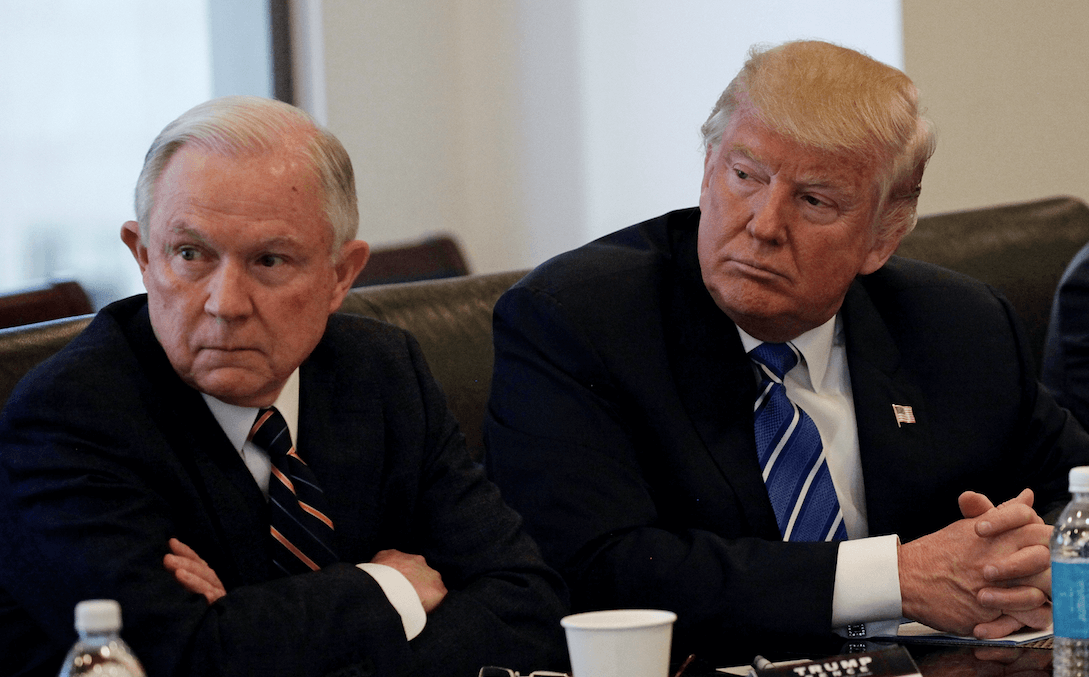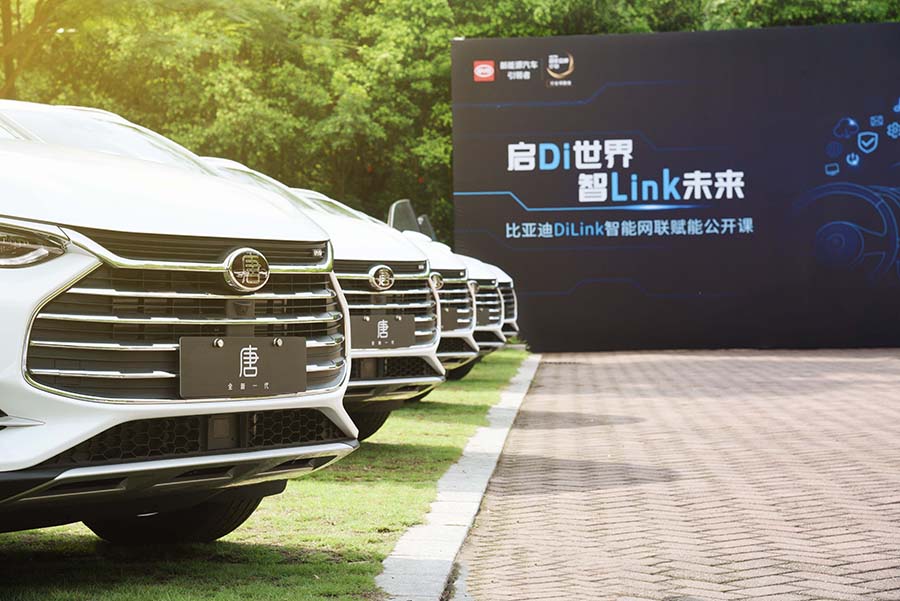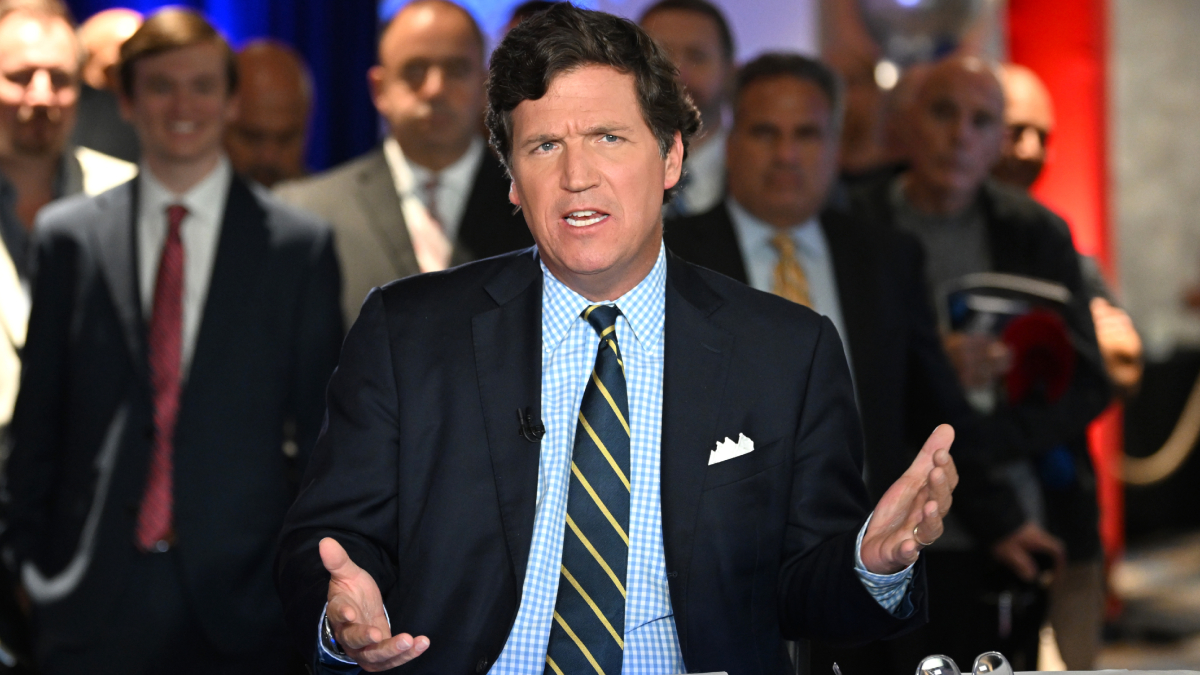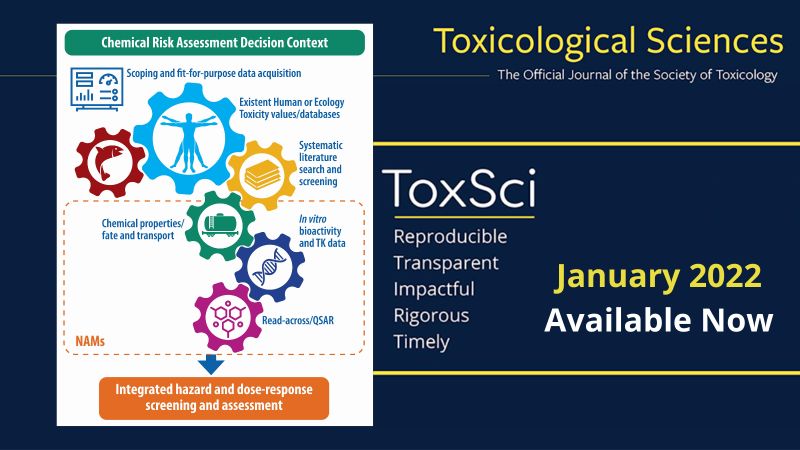Trump Administration's Pressure Campaign Against Europe's AI Rulebook

Table of Contents
The Core Tensions: US vs. EU Approaches to AI Regulation
The Trump administration's opposition to the EU AI Act stemmed from fundamental differences in how the US and EU approach AI governance. The US, historically favoring a more laissez-faire approach, emphasizes fostering innovation through minimal government intervention. This approach contrasts sharply with the EU's risk-based regulatory framework, prioritizing consumer protection and mitigating potential harms associated with AI technologies.
Several key areas fueled this conflict:
-
Data Privacy: The EU's General Data Protection Regulation (GDPR) imposes stringent data protection standards, far exceeding the scope of the California Consumer Privacy Act (CCPA) and other US state-level regulations. This difference significantly impacts cross-border data flows and the development of AI models relying on large datasets.
-
Algorithmic Transparency: The EU AI Act demands greater transparency regarding how AI systems make decisions, particularly those with high-risk implications. This requirement clashes with the US preference for protecting trade secrets and proprietary algorithms.
-
Liability for AI-Driven Harm: Establishing clear liability frameworks for AI-related harms presents a major challenge. The EU seeks to define clear lines of responsibility, while the US approach remains less defined, leading to uncertainty and potential disputes.
-
Difference in emphasis on innovation versus consumer protection: The US prioritizes rapid innovation, potentially accepting higher risks, while the EU prioritizes robust consumer protection, even if it means slower technological advancement.
-
Contrasting views on the role of government in regulating AI development: The US leans towards a lighter touch, while the EU advocates for proactive government intervention to guide AI development and mitigate potential negative consequences.
-
Impact of differing regulatory frameworks on international trade and technological competition: Divergent regulations create hurdles for international businesses and could lead to uneven playing fields in the global AI market.
Methods of Pressure: Diplomatic and Economic Tactics
The Trump administration employed a range of strategies to influence the EU's AI policy. These tactics included:
- Bilateral discussions: High-level meetings and negotiations between US and EU officials aimed to persuade the EU to soften its stance on AI regulation.
- Trade negotiations: The administration leveraged trade negotiations as a tool to pressure the EU, hinting at potential trade restrictions or tariffs if the AI Act remained too stringent.
- Public statements: US officials issued public statements criticizing the EU's approach, arguing that it would stifle innovation and harm the US economy.
The effectiveness of these tactics remains debatable. While the EU did make some concessions, the core principles of the AI Act largely remained intact. The pressure campaign arguably led to prolonged negotiations and a more cautious approach from the EU, but it didn't fundamentally alter the legislation's trajectory.
- Examples of specific diplomatic efforts: Numerous high-level meetings between US and EU trade representatives involved discussions about the AI Act.
- Discussion of any trade threats or incentives used: While no explicit trade threats were publicly made, the underlying implication of potential trade repercussions was a clear element of the strategy.
- Analysis of public statements and rhetoric employed by US officials: Public statements often framed the EU's AI Act as overly restrictive and protectionist, hindering transatlantic cooperation.
The Impact on the AI Landscape: Short-Term and Long-Term Effects
The Trump administration's pressure campaign had both short-term and long-term consequences:
-
Short-term effects: The campaign created uncertainty for European AI businesses, potentially delaying investment and slowing down innovation in certain sectors. It also complicated transatlantic cooperation on AI-related projects.
-
Long-term effects: The campaign's long-term effects are still unfolding. It could lead to the emergence of distinct regulatory regimes for AI in the US and EU, potentially fracturing the global AI landscape. This fragmentation could hinder the development of global AI standards and create challenges for businesses operating across multiple jurisdictions.
-
Impact on European AI innovation and investment: Uncertainty created by the pressure campaign potentially chilled investment and slowed down certain AI initiatives.
-
Influence on the global standardization of AI regulations: The divergent approaches of the US and EU hinder the development of globally harmonized AI regulations.
-
Long-term implications for data privacy and consumer rights: The EU's commitment to strong data privacy protections, even amidst pressure, sets a precedent for other nations considering similar legislation.
The Legacy of the Pressure Campaign: Lessons Learned
The Trump administration's pressure campaign ultimately fell short of its goals. While it caused some delays and adjustments, it failed to fundamentally alter the course of the EU AI Act. The campaign highlights the challenges of international cooperation on complex technological issues.
- Lessons learned for future international negotiations on AI regulation: Transparency, open dialogue, and mutual respect for differing regulatory approaches are crucial for effective international cooperation on AI.
- Implications for the ongoing evolution of the EU AI Act: The Act's ongoing development will continue to be shaped by international responses and evolving technological advancements.
- The role of international cooperation in shaping the future of AI: International collaboration is essential for fostering responsible AI development and avoiding a fragmented global landscape.
Conclusion: Understanding the Trump Administration's Pressure Campaign Against Europe's AI Rulebook
The Trump administration's pressure campaign against Europe's AI rulebook represents a significant chapter in the ongoing debate over international AI regulation. The differing philosophies between the US and EU, regarding the balance between innovation and consumer protection, remain a central point of contention. The EU's commitment to a risk-based regulatory framework, despite external pressure, demonstrates its determination to establish a robust and ethical AI landscape within its borders. The long-term consequences of this clash are still unfolding, underscoring the need for continued dialogue and international cooperation. Further research into the Trump administration's pressure campaign and understanding the nuances of the EU AI Act and its impact are crucial for shaping the future of AI governance globally. Engage with related articles and resources to stay informed on this evolving and critical issue.

Featured Posts
-
 Will Chinese Cars Dominate The Global Market An Analysis
Apr 26, 2025
Will Chinese Cars Dominate The Global Market An Analysis
Apr 26, 2025 -
 The Karen Read Case A Year By Year Timeline Of Legal Proceedings
Apr 26, 2025
The Karen Read Case A Year By Year Timeline Of Legal Proceedings
Apr 26, 2025 -
 Is It Possible To Bet On The Los Angeles Wildfires Exploring The Implications
Apr 26, 2025
Is It Possible To Bet On The Los Angeles Wildfires Exploring The Implications
Apr 26, 2025 -
 Anchor Brewing Company To Shutter A Legacy Ends
Apr 26, 2025
Anchor Brewing Company To Shutter A Legacy Ends
Apr 26, 2025 -
 Ray Epps Sues Fox News For Defamation Over January 6th Claims
Apr 26, 2025
Ray Epps Sues Fox News For Defamation Over January 6th Claims
Apr 26, 2025
Latest Posts
-
 Months After Ohio Derailment Toxic Chemical Contamination Remains In Buildings
Apr 27, 2025
Months After Ohio Derailment Toxic Chemical Contamination Remains In Buildings
Apr 27, 2025 -
 Investigation Reveals Prolonged Presence Of Toxic Chemicals After Ohio Derailment
Apr 27, 2025
Investigation Reveals Prolonged Presence Of Toxic Chemicals After Ohio Derailment
Apr 27, 2025 -
 Ohio Train Disaster Persistence Of Toxic Chemicals In Nearby Structures
Apr 27, 2025
Ohio Train Disaster Persistence Of Toxic Chemicals In Nearby Structures
Apr 27, 2025 -
 Toxic Chemical Residue From Ohio Derailment Months Long Contamination
Apr 27, 2025
Toxic Chemical Residue From Ohio Derailment Months Long Contamination
Apr 27, 2025 -
 Ohio Train Derailment Lingering Toxic Chemicals In Buildings
Apr 27, 2025
Ohio Train Derailment Lingering Toxic Chemicals In Buildings
Apr 27, 2025
